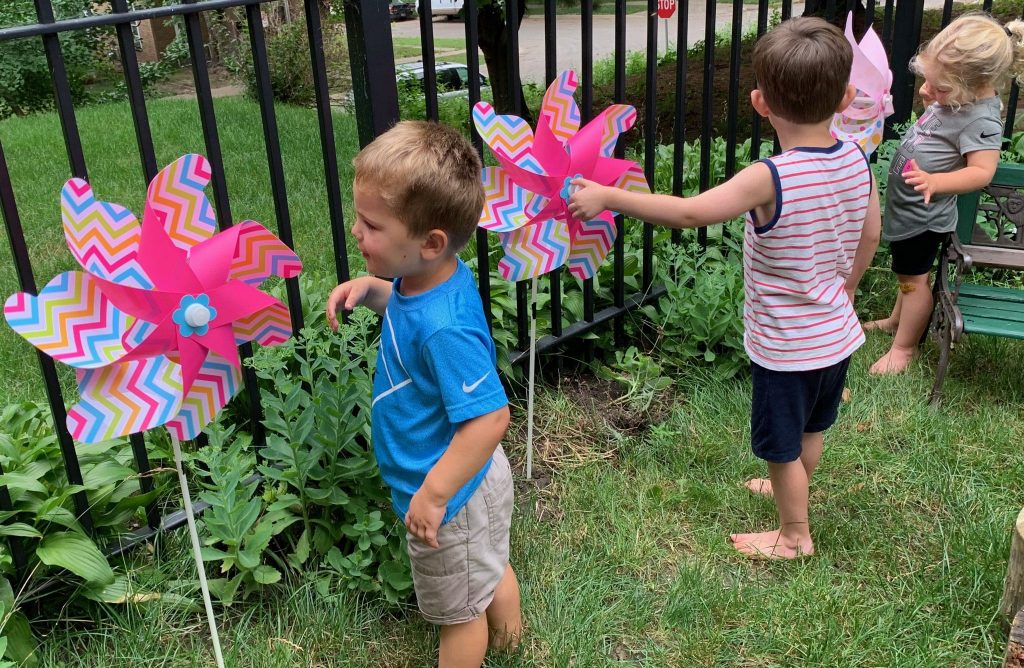The Magic of Schemas
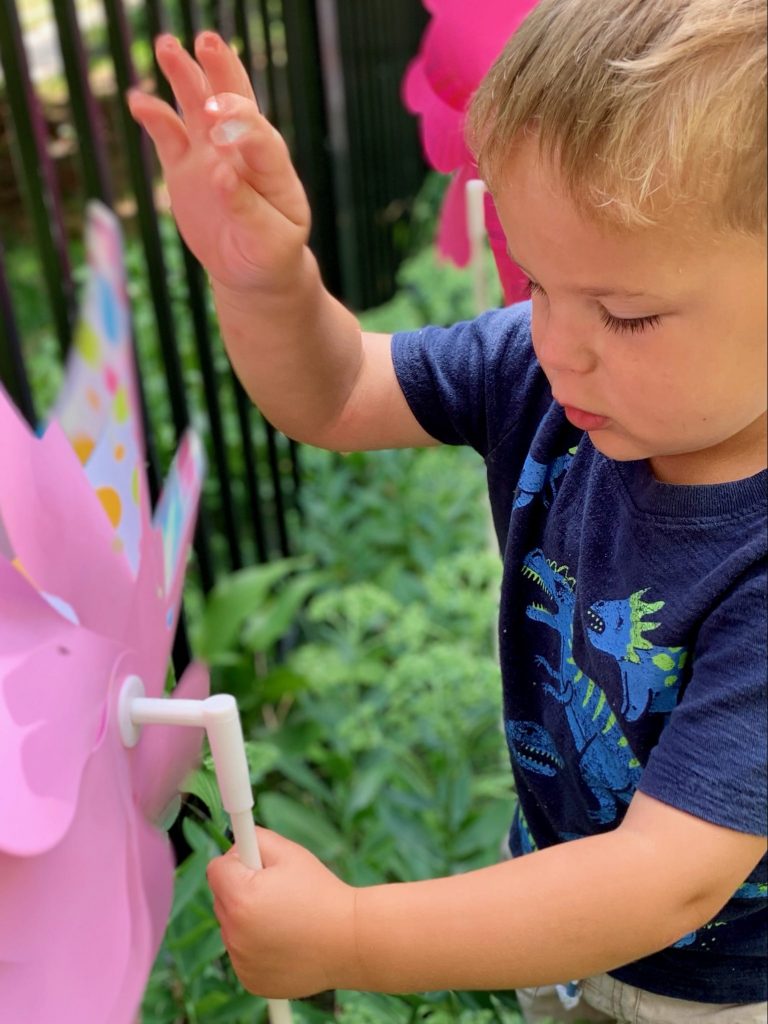
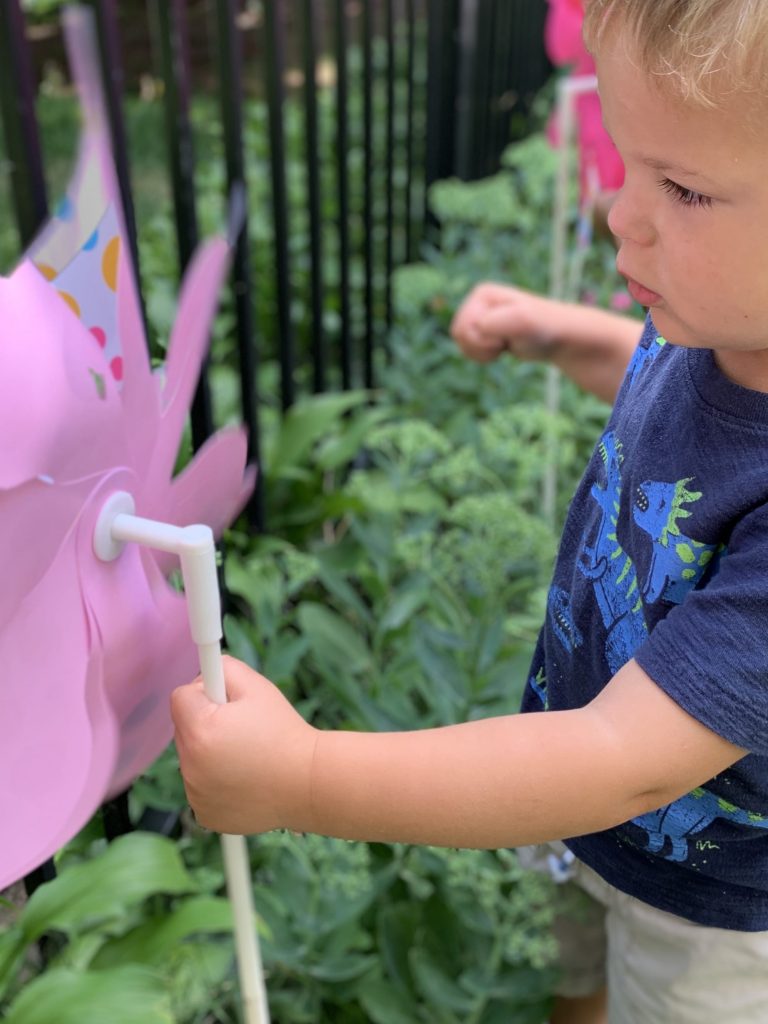

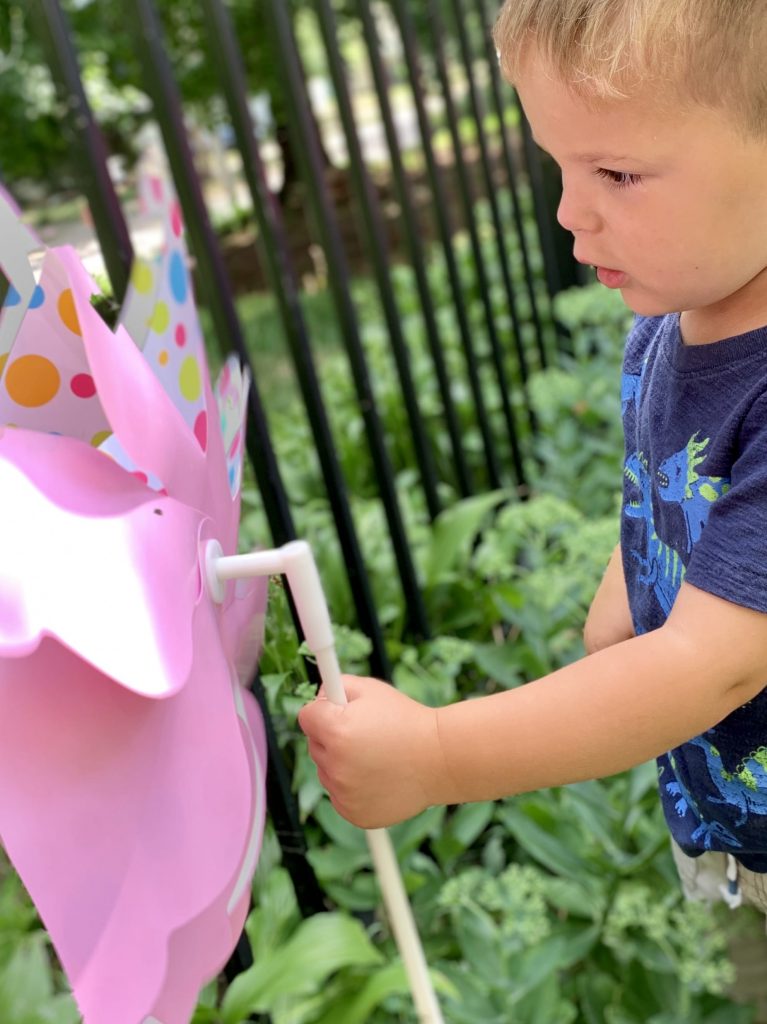
When two-year-old Harrison entered our family childcare program, his comfort zone included drains. He was fixated on drains and loved to watch the water swirl around and around until it disappeared down the drain. Harrison loved that drain…and toilets… and bathtubs, and …oh, rotation! Harrison loved all things that included rotation. Harrison was a rotation schema junkie.
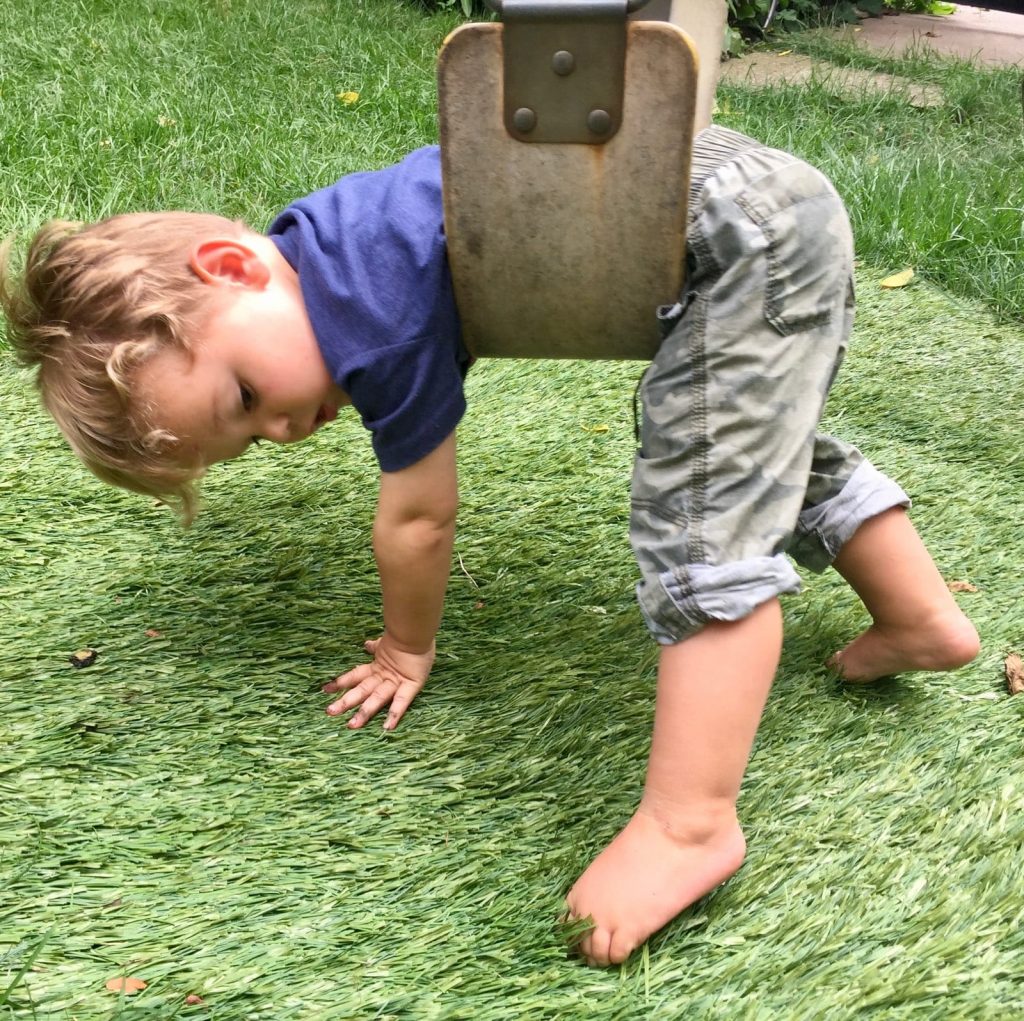
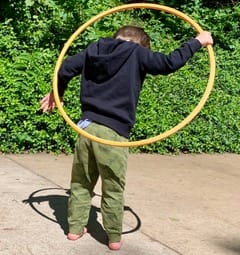
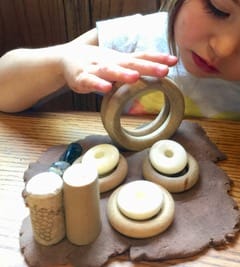
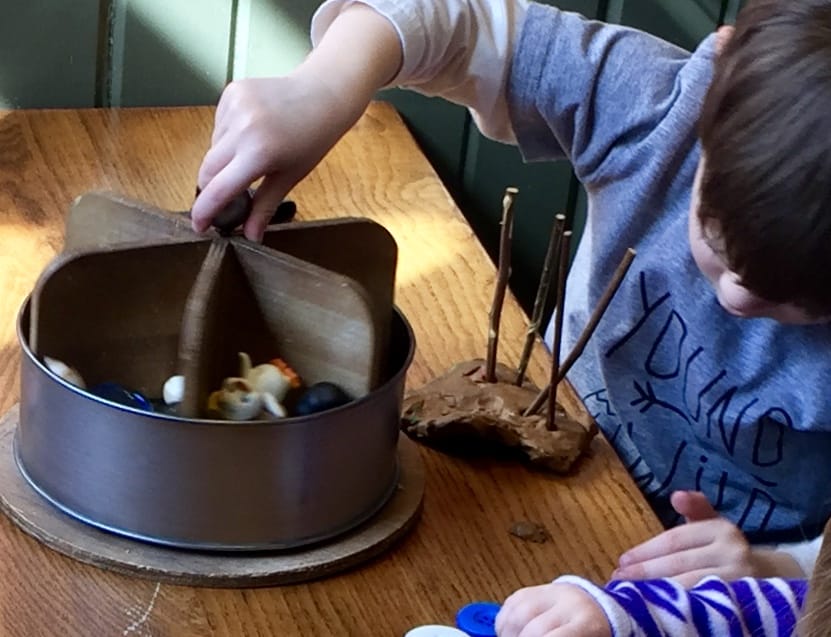
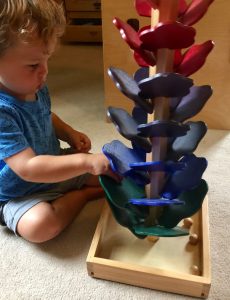
When children have an uncontrollable URGE to perform a certain action over and over again, they are engaged in a schema. We brought in all of the materials that we could think of to build on Harrison’s urge to observe, explore and experiment with rotation. A rotation schema is characterized by an interest in anything round or circular. We added pinwheels, hula hoops, lots of wheels, a marble tree and circular blocks.
I’d been seeing and hearing this word, “schema,” in early childhood articles and at conferences for a while. A few years ago, I finally did a little research—and wow! Schemas are everywhere.
Schemas link directly to the development and strengthening of cognitive structures in the brain. These repeated patterns of play enable children to explore, investigate and develop thoughts and ideas. Young children learn through their senses, collecting information through what they see, taste, touch, hear and smell. These complex, multisensory interconnections act as the main source of information from the brain. The repetitive actions that characterize schematic play strengthen a child’s cognitive thinking.
I like to think of schemas as a seven-layer salad. A child might like lettuce, but every experience adds a new ingredient, a new level of goodness. Schematic learning is a step-by-step process, which is why children repeat patterns over and over again to see what works best. Layers of learning and processing and brain development are being laid down through repetition. Schematic play encourages children to act out experiences and take risks, test out theories and talk about what they already know and can already do. Children play with an idea that they already know well and then build on that knowledge with new experiences and ideas. The brain development that happens through schematic play is constantly being strengthened through active, hands-on exploration and investigation.
In my family childcare outdoor classroom, I kept finding small piles of rocks that had been moved from our rain garden to the oddest places. One pile had been dropped through our fence, down the retaining wall and into the yard next door. I found another pile under the deck and yet another inside the stump of our fairy tree. Years ago, this would have driven me crazy. Now I smile because I recognize the schema and offer more opportunities for learning.
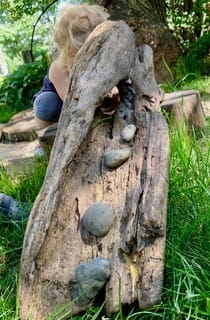


You see, the rocks that had been moved from our rain garden were the focus of one child’s transporting schema. With this schema, children become focused on moving objects from place to place—in their hands or in their pockets or in buckets or baskets. To support the brain development that was taking place while that child in my program explored the transporting schema, I added a wheelbarrow, backpacks and stuffed animals. I set bean bags at the top of our slide and then placed a bucket at the bottom of the slide. I created a ramp and placed a basket of balls nearby. By encouraging this type of repetitive play, I invited our little “rock mover” and the other children in the program to construct meaning, problem solve, predict and speculate in a familiar environment. By playing with these loose parts, the children had many opportunities to develop a deeper understanding of their surroundings through their senses and movements.


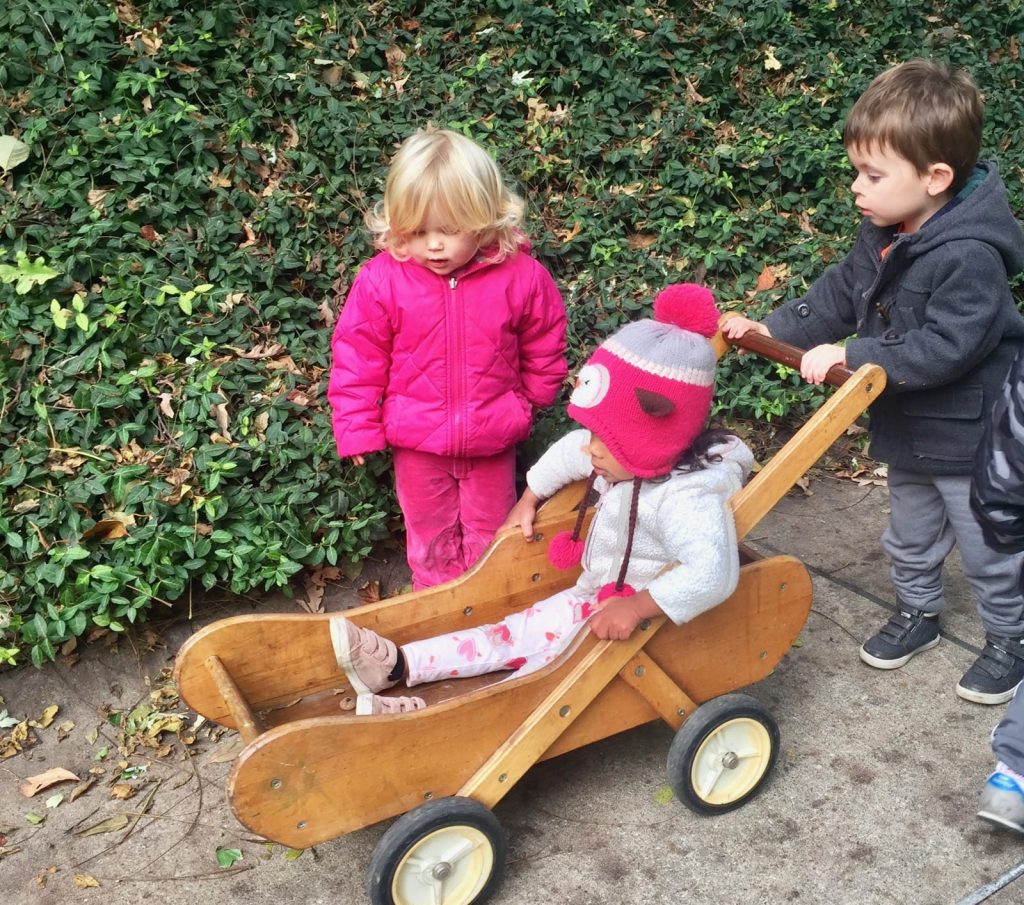
So, at this point, you may be wondering: “Where is the math?” Math computation requires one to carry out a sequence of steps. Math is a language of symbols that represent quantity instead of language facts. Rules are important. Math has layers, just like our salad. We build our brain connections early and strong. Ahh, schemas. They are a part of our foundation!
Later this month, we will explore a few of the more common schemas. As we explore schematic play, I invite you to observe the children in your care and see if you can identify some of the schemas at work.
Don’t forget to share your observations and stories with us in the comments section of this blog. Let’s get this conversation started!
